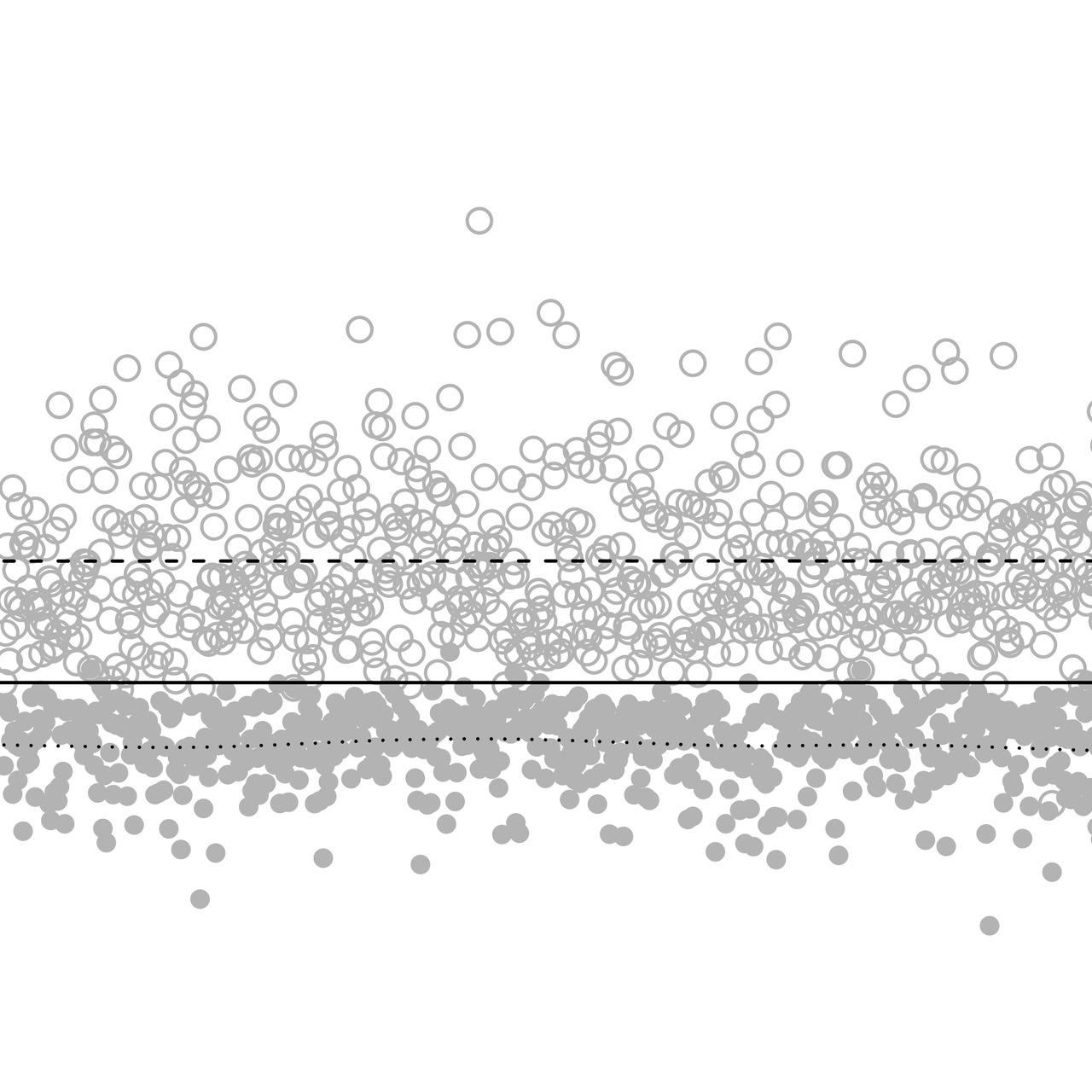Eben Kenah, Tom Britton, M. Elizabeth Halloran, Ira M. Longini Jr
PLoS Computational Biology
April 12, 2016
ABSTRACT
Recent work has attempted to use whole-genome sequence data from pathogens to reconstruct the transmission trees linking infectors and infectees in outbreaks. However, transmission trees from one outbreak do not generalize to future outbreaks. Reconstruction of transmission trees is most useful to public health if it leads to generalizable scientific insights about disease transmission. In a survival analysis framework, estimation of transmission parameters is based on sums or averages over the possible transmission trees. A phylogeny can increase the precision of these estimates by providing partial information about who infected whom. The leaves of the phylogeny represent sampled pathogens, which have known hosts. The interior nodes represent common ancestors of sampled pathogens, which have unknown hosts. Starting from assumptions about disease biology and epidemiologic study design, we prove that there is a one-to-one correspondence between the possible assignments of interior node hosts and the transmission trees simultaneously consistent with the phylogeny and the epidemiologic data on person, place, and time. We develop algorithms to enumerate these transmission trees and show these can be used to calculate likelihoods that incorporate both epidemiologic data and a phylogeny. A simulation study confirms that this leads to more efficient estimates of hazard ratios for infectiousness and baseline hazards of infectious contact, and we use these methods to analyze data from a foot-and-mouth disease virus outbreak in the United Kingdom in 2001. These results demonstrate the importance of data on individuals who escape infection, which is often overlooked. The combination of survival analysis and algorithms linking phylogenies to transmission trees is a rigorous but flexible statistical foundation for molecular infectious disease epidemiology.

